Text by Rahnuma Ahmed
Photos by DrikNews

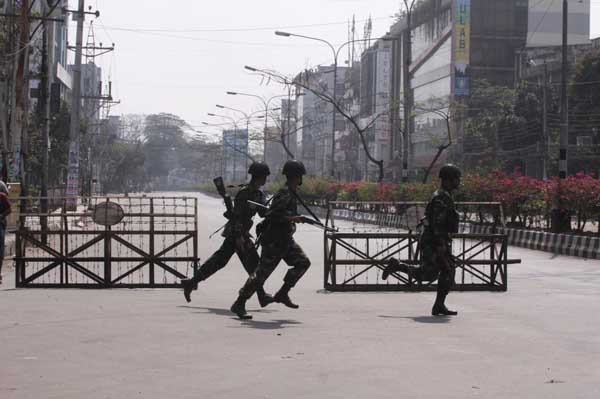
BODIES of army officers had been found, they had been dumped in the sewage canals that lay underneath the BDR headquarters in Pilkhana. Two dead bodies had been the first ones to surface, far away, in Kamrangirchar.
Three civilians had died too, on the very first day. But as news of fifteen more dead bodies of army officers surfaced the next day, the civilian deaths seemed to pale away.

And then a mass grave was discovered in the BDR grounds. Thirty-eight dead bodies were unearthed, including that of the director general Shakil Ahmed. A couple of other bodies were found, killed and dumped in ponds, drains, and sewage lines.

As the long hours passed, the whole nation seemed to be holding back its breath, aghast at the enormity of what had happened. At the carnage that had accompanied the rebellion. People gathered around to listen to the radio, watched breaking news spots on television, read aloud newspapers. News travelled through word of mouth. Collective sighs of relief were heaved when family members who had been held hostage were released. But the discovery of more mass graves, the news of family members also having been killed, of the many scores still missing, leave people speechless.
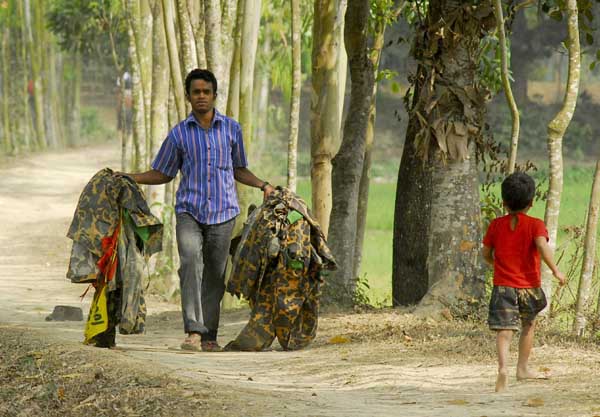
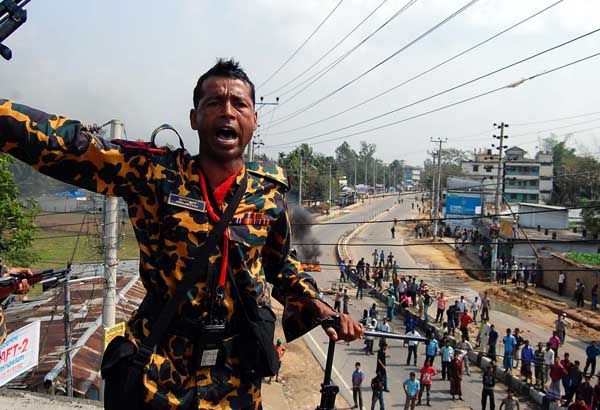
Horror, incredulity, and a sort of numbness have set in. Scores still remain missing, as the gagging stench of decomposing flesh hangs over Pilkhana grounds.

How could the jawans go on such a killing spree to right the wrongs done to them? What on earth could have possessed them? These are questions that are repeated endlessly by people in all parts of the country. Yes, they did have grievances (over not being given full rations, not being sent abroad on UN peacekeeping missions, over low pay, unpaid daily allowances promised for extra duties rendered, recruitment from the army to the higher, decision-making positions, etc, etc) but surely, their course of action was disproportionate by all accounts. Not to mention, suicidal (as I write, the idea of disbanding the BDR is being considered).
Is there more to it than meets the eye? In a crisis as grave as the one that faces the nation now, where does one seek answers to the truth? It is better to know some of the questions than all the answers. But what if some of the questions being raised are seen, especially by powerful sections, as blaming the victims of the tragedy? Do we have the resources, the intellectual capacity, the political will, and above all, the courage, to raise the right questions? Will these be tolerated, in moments of such deep grief, where passions rage high?
Were unseen forces at work? Wild conspiracy theories are doing the rounds. Do these not block off hard-headed attempts at understanding whether unseen forces were really at work? Surely we need to know the truth, in the interests of the nation-state, and in the interests of the survival of the many millions who live within its boundaries. It is a nation whose citizens are proud of their hard-earned and fought-for independence, and of their sovereignty, notwithstanding the deep fractures that cause long-standing divisions.

I see women and children seated on the pavement or standing outside the BDR gates, keeping long hours of vigil, for news of their loved ones. I see a few faces break down in tears as yet another body is identified. I see some women reach out to console, while others, who still have shreds of hope, lower their heads in shared grief. Hoping against hope that their husbands, or fathers, or brothers or sons will return. Alive.
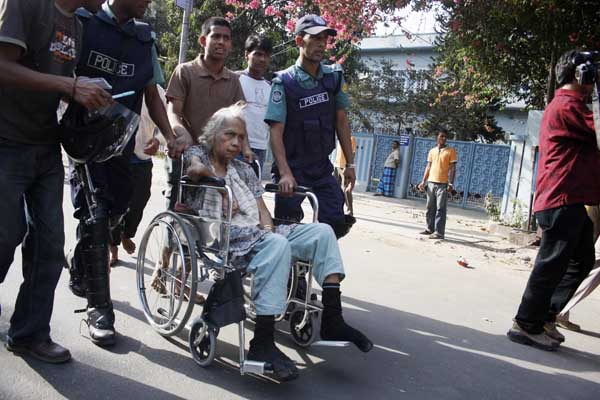

I see a mother holding up a wedding photograph of her missing son and his newly-wed bride. I grieve for them, just as I grieve for much-respected inspector general of police Nur Mohammad?s daughter, widowed, at two months. Scores remain missing, still.
I read of the Indian government?s offer to send a peace mission to give security to the Calcutta-Dhaka-Calcutta Moitree Express that runs between the two cities on Saturdays and Sundays, to be manned by Indian paramilitary forces such as the Central Reserve Police Force, the Railway Protection Force, maybe, even the Border Security Force (The Telegraph, February 27).
I listen to balance in reporting being urged, particularly in the case of the electronic media, since the accusations of the BDR jawans had been highlighted on the first day of the rebellion in some of the private TV channels. It is being said, the other side?s version, that of the army officers, had not been sought, that it had not been reported. But surely the lack of press briefings, either from the government or the Home Ministry, or from the ISPR, contributed to this situation? I listen to a discussant argue that command failure, intelligence failure and corruption should not be mentioned. I cannot help but wonder, how does one seek out the truth where such a besieged mentality operates, where collective grief, horror and condemnation can be offered and accepted but only on terms that are acceptable to the recipient? Where narratives of grief and pain and horror seem to be overlaid with other narratives, that of the right to rule.
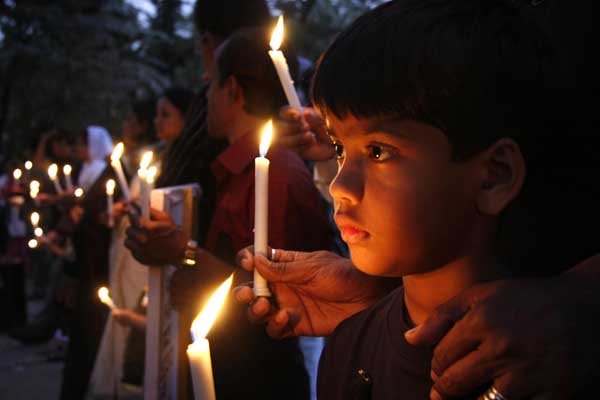
The dead cannot be brought back to life, nor can the brutal happenings be erased from the nation?s history. We can only console the bereaved. We can only learn lessons from it, as a nation.
It is the nation ? as a whole ? that grieves for the army officers, and their family members. It is the nation that must stay united, since the crisis seems grave enough to threaten our existence. It is the nation that must come together to seek answers, and to discover the truth. A unity of interests must prevail, rather than that of any particular institution. Or else, I fear, we would be doing injustice to those who lost their lives at Pilkhana.
